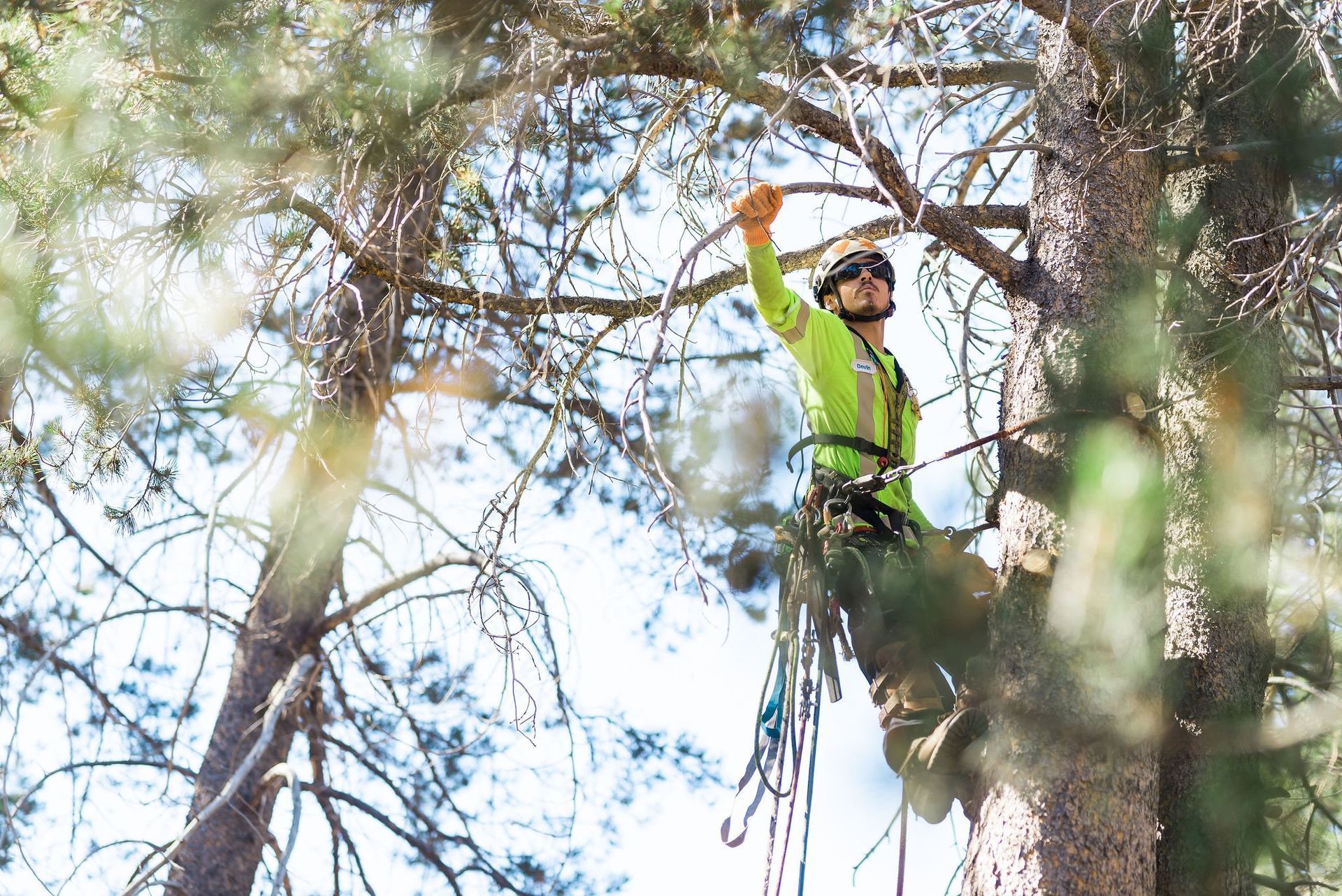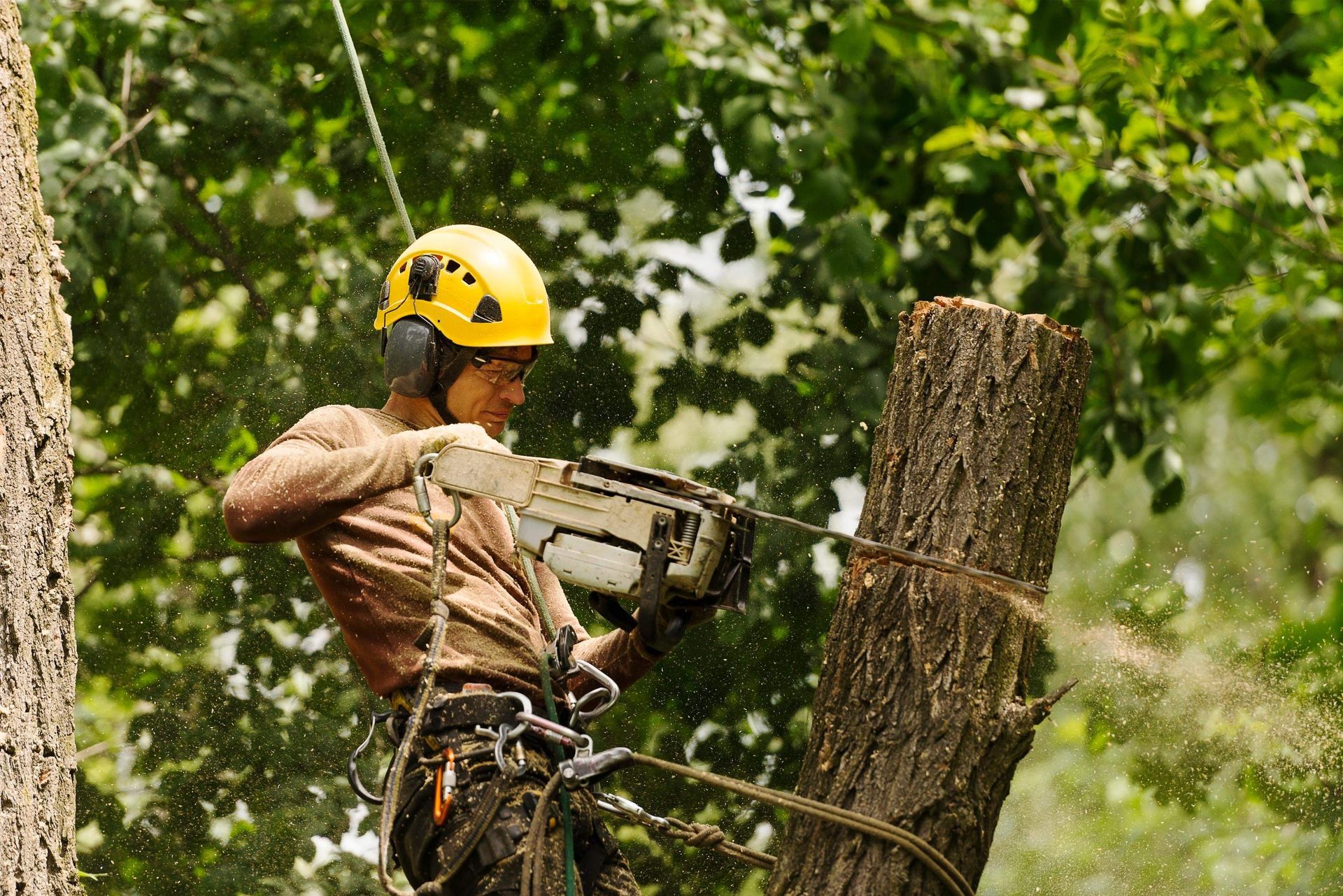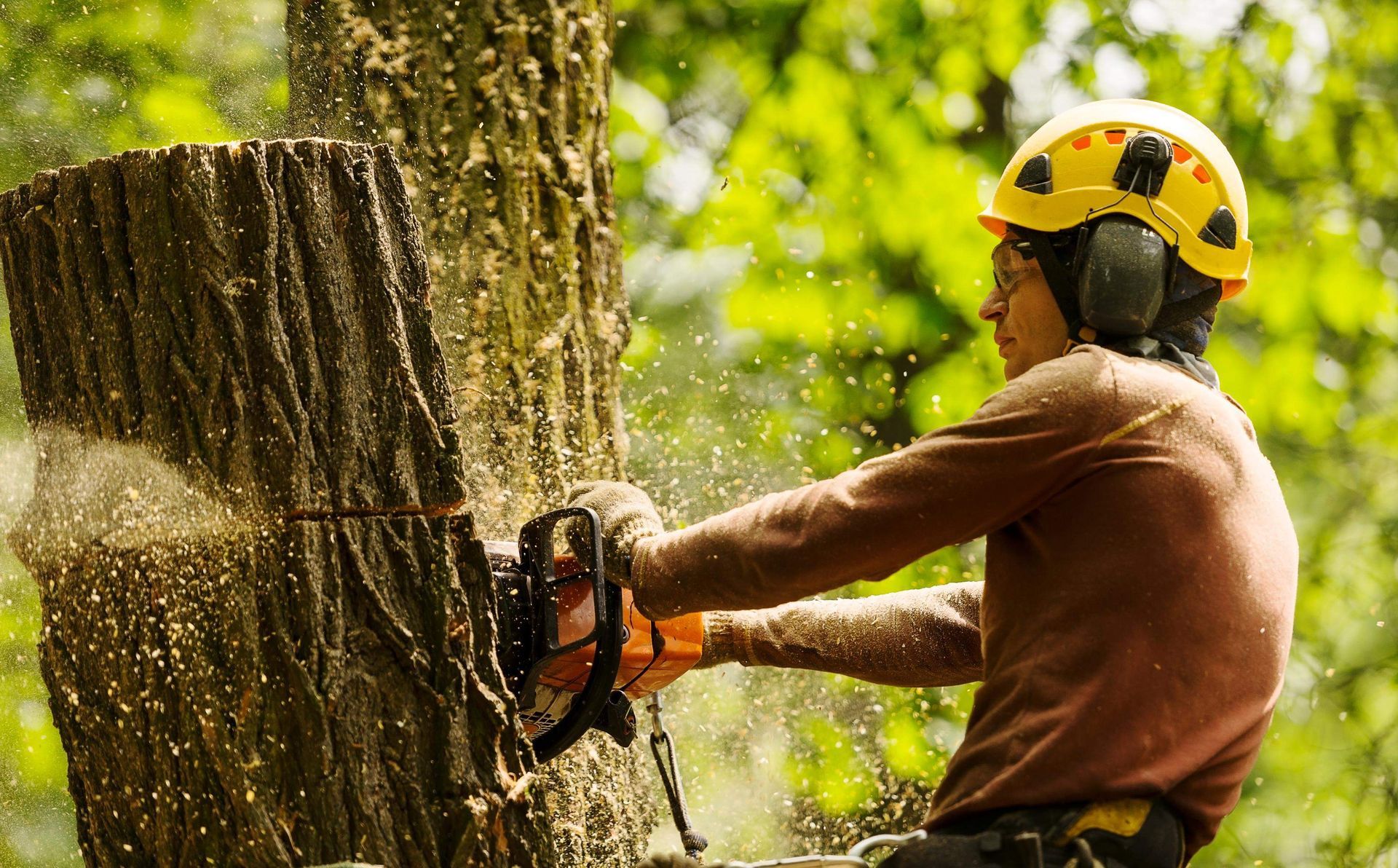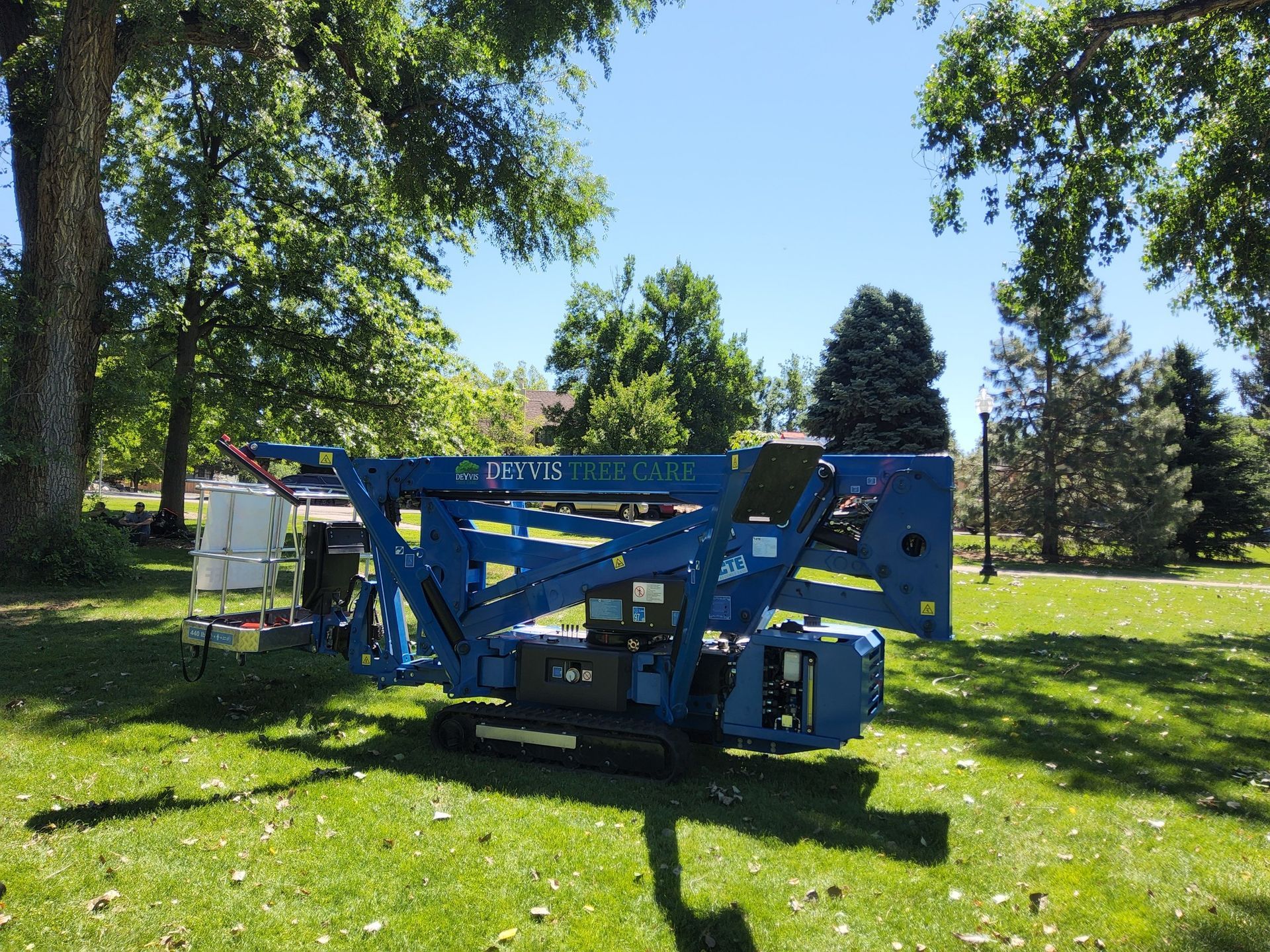Seasonal Tree Trimming Tips for Colorado Homeowners

Table of Contents
1. Why Seasonal Tree Trimming Matters in Colorado
2. Understanding the Importance of Tree Maintenance
3. Knowing the Best Time to Trim Trees
4. Seasonal Tree Trimming Strategies
- Winter: Strengthen and Prepare
- Spring: Shape and Encourage Growth
- Summer: Monitor and Maintain
- Fall: Prepare for the Cold
5. The Benefits of Proper Trimming for Your Property
6. Mistakes to Avoid During Tree Maintenance
7. When to Call in the Professionals
Key Takeaways
- Regular seasonal tree trimming strengthens trees, prevents disease, and enhances your yard’s aesthetic.
- Identifying the best time to trim trees ensures healthier growth and reduces stress on branches.
- Ongoing tree maintenance is key to property safety, especially in Colorado’s unpredictable weather.
- Consulting professionals can save time, prevent accidents, and keep trees thriving year-round.
Why Seasonal Tree Trimming Matters in Colorado
Living in Colorado, we’ve learned that trees aren’t just pretty additions to a yard—they’re essential parts of our outdoor environment. However, the seasons here can be tough on them. From heavy winter snow to springtime storms and hot summer afternoons, trees endure a lot. That’s whyseasonal tree trimming isn’t just a nice-to-have; it’s a must.
We’ve seen many homeowners underestimate the importance of timely trimming. One year, a neighbor’s large oak suffered a heavy snowstorm, and several weak branches snapped, causing costly damage to their roof. Proper tree maintenance could have prevented it. Experiences like this remind us that regular care isn’t just about appearance—it’s about protecting your property and family.
By approaching trimming with a seasonal plan, we ensure that every cut benefits the tree’s health, encourages strong growth, and reduces the risk of future hazards. For more detailed information on maintaining your trees, you can explore ourtree trimming services.
Understanding the Importance of Tree Maintenance
Trees are living organisms, and like any living thing, they require care to thrive. Regular tree maintenance is more than aesthetic—it’s preventive. Healthy trees are less likely to develop diseases, attract pests, or produce weak branches that could break under stress.
We often emphasize to homeowners that consistent maintenance helps your trees withstand Colorado’s extreme weather. Winter ice, spring winds, and summer droughts can all take a toll. By keeping your trees pruned and well-shaped, you’re not only improving their resilience but also boosting the curb appeal and value of your property.
A simple visual inspection, done during your seasonal maintenance, can reveal early signs of trouble—splitting branches, hollow trunks, or signs of insect infestation. Catching these issues early can save thousands in potential repairs. Learn more about proper techniques in ourtree trimming services.
Knowing the Best Time to Trim Trees
Timing is everything when it comes to seasonal tree trimming. Knowing the best time to trim trees prevents unnecessary stress and promotes healthy regrowth.
For most trees in Colorado, late winter or early spring—before the buds emerge—is ideal. During dormancy, trees are less vulnerable to disease, and their energy reserves are focused on surviving the cold, not healing fresh wounds. This makes it easier to remove dead, diseased, or weak branches without harming the tree.
Flowering trees require a slightly different approach. For example, if you have crabapple or cherry trees, we recommend trimming immediately after they bloom. This preserves next year’s flowers and keeps your yard looking vibrant.
Summer and fall are generally better for light maintenance rather than heavy pruning. Removing suckers, thinning dense foliage, or cutting minor deadwood is appropriate during these months, but we avoid major cuts as the tree’s energy reserves are focused on growth and preparation for dormancy.
Seasonal Tree Trimming Strategies
Winter: Strengthen and Prepare
Winter is our favorite time for major trimming projects. Colorado’s trees are dormant, meaning pruning stress is minimized. Removing dead or damaged branches now can prevent breakage during heavy snowstorms—a lesson we’ve learned firsthand in our work across Colorado neighborhoods.
We often tell homeowners to step back and visualize their tree’s structure. With leaves gone, it’s easier to see crossing branches, weak limbs, or areas that need thinning. Strategic cuts made in winter set the tree up for a strong spring.
Spring: Shape and Encourage Growth
Spring is all about encouragement. After the harsh winter, trees are ready to grow again. Light pruning during this season stimulates growth in desired directions and removes any winter damage that might have been missed.
We also take this time to inspect for diseases or insect infestations. Early detection is critical; even a minor issue left unchecked can spread quickly. A well-timed spring trim ensures trees remain strong, healthy, and attractive throughout the growing season.
Summer: Monitor and Maintain
Summer calls for vigilance. Our crews spend this season monitoring tree health, removing suckers or water sprouts, and thinning overly dense areas to improve air circulation. Proper airflow reduces the risk of fungal infections and helps your tree withstand Colorado’s intense summer heat.
We often remind homeowners that summer isn’t for heavy trimming—trees are using all their energy to grow and photosynthesize. A light touch now ensures long-term health.
Fall: Prepare for the Cold
Fall is about preparation. As trees begin to slow down for winter, we focus on removing any weak, dead, or hazardous branches that could break under snow. Fall trimming is more about prevention than growth.
We caution against major cuts during this season. Large wounds may not have enough time to heal before freezing temperatures set in, increasing susceptibility to disease and frost damage. Instead, our team emphasizes safety and strategic removal.
The Benefits of Proper Trimming for Your Property
Proper seasonal tree trimming isn’t just about keeping your yard looking nice—though that’s a big plus. Well-maintained trees help protect your property in multiple ways:
- Structural Safety: Pruning removes weak branches that could fall and damage your home, fence, or vehicles.
- Energy Efficiency: Strategically shaped trees can provide shade in summer and allow sunlight through in winter, reducing heating and cooling costs.
- Health and Longevity: Regular trimming encourages strong branch structure and minimizes the risk of disease or pest infestations.
- Curb Appeal: Neatly trimmed trees instantly elevate your property’s appearance, making your yard more inviting.
One of our clients once shared how their front yard’s aging maples were completely transformed with strategic trimming. The trees not only looked better but also provided more usable space for their kids to play safely. These are the kinds of results we strive for with every Colorado homeowner. For more examples, see ourtree trimming services.
Mistakes to Avoid During Tree Maintenance
Even well-intentioned trimming can go wrong. We often see homeowners making these mistakes:
- Over-pruning: Removing too much at once stresses the tree, leaving it vulnerable to disease or stunted growth.
- Topping: Cutting the top of a tree may seem like a quick fix for height control, but it leads to weak regrowth prone to breakage.
- Improper cuts: Large stubs or cuts too close to the trunk invite pests and fungal infections.
- Ignoring seasonal timing: Cutting at the wrong time can reduce flower production, stunt growth, or make trees more susceptible to disease.
By being mindful of these errors, you protect your investment in your landscape. Sometimes, knowing what not to do is just as important as knowing the right techniques.
When to Call in the Professionals
While some light pruning can be done safely at home, there are situations where professional expertise is essential. Large trees, branches near power lines, or signs of disease should always be handled by experienced arborists.
We’ve encountered numerous cases where a homeowner tried to tackle a large branch and ended up with property damage—or worse, personal injury. Professional seasonal tree trimming not only keeps you safe but ensures the tree is pruned correctly for optimal health.
Certified arborists bring the right tools, knowledge, and judgment. They can assess the structure of your trees, recommend the best time to trim trees, and perform pruning that promotes longevity. Learn more by visiting ourtree trimming services or reach out through ourcontact page.
A Personal Touch: Why We Care
As a local Colorado tree care company, we take pride in helping neighbors maintain beautiful, healthy landscapes. We know the challenges homeowners face—harsh winters, high-altitude sun, and unpredictable summer storms. That’s why our approach is hands-on, season-specific, and designed to meet the unique needs of Colorado trees.
We’ve seen firsthand how proper seasonal tree trimming can transform not just a yard, but a whole property. It’s gratifying when a well-pruned tree provides shade for kids playing in the backyard, flowers that brighten the spring, or a sturdy barrier against a winter snowstorm.
When you trust us with your trees, we treat them as if they were in our own yard. Every cut, every branch removed, is carefully considered to balance health, safety, and beauty. For professional support, explore ourtree trimming services.
Final Thoughts
Maintaining trees in Colorado isn’t just about curb appeal—it’s about safety, health, and longevity. By incorporating seasonal tree trimming into your routine and understanding the best time to trim trees, you protect your property while enhancing the beauty of your landscape. Regular tree maintenance ensures that your trees withstand the elements and thrive year after year.
For homeowners ready to take their yard to the next level, we encourage professional assessment and care. The right trimming strategy, timed with the seasons, can make all the difference in preventing damage and encouraging strong, healthy growth.
For expert guidance and professional seasonal tree trimming,contact Tree Climbers Services today. Our team is ready to help your Colorado trees thrive, season after season. Learn more about our services on ourhome page.
Frequently Asked Questions
1. How often should we schedule seasonal tree trimming?
We recommend seasonal tree trimming at least once a year. Timing depends on the type of tree and local conditions. Regular trimming ensures healthy growth, prevents hazards, and keeps our property safe and attractive.
2. Why is tree maintenance important for our property?
Tree maintenance protects our home, enhances curb appeal, and promotes tree health. By pruning dead or weak branches and monitoring for pests, we reduce risks of damage while encouraging strong, beautiful growth year-round.
3. What is the best time to trim trees in Colorado?
For most trees, the best time to trim trees is late winter or early spring before buds appear. Flowering trees may require post-bloom trimming. Seasonal timing helps our trees recover quickly and stay healthy.
4. Can we handle tree trimming ourselves?
While light trimming is possible, we trust professionals for large branches, diseased trees, or unsafe spots. Professional seasonal tree trimming protects both our property and our trees, ensuring safe and proper cuts.
5. How does seasonal tree trimming benefit our home?
Seasonal tree trimming strengthens our trees, reduces risks of falling branches, improves air circulation, and boosts property appearance. Healthy, well-maintained trees make our yard safer and more inviting.



